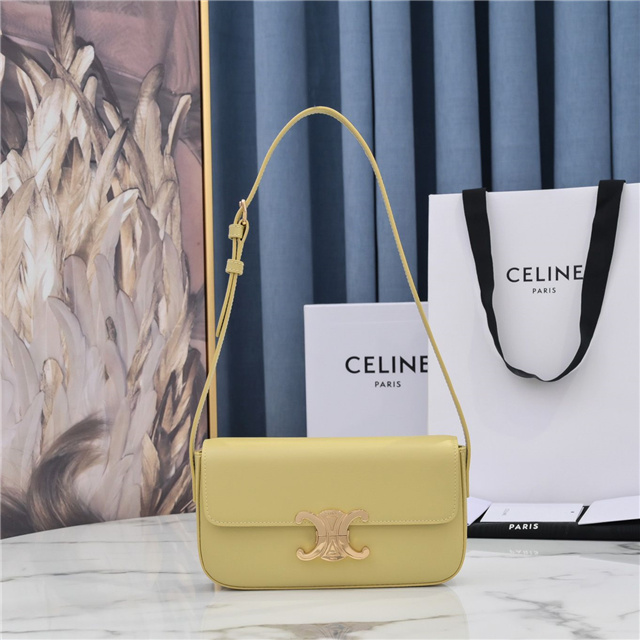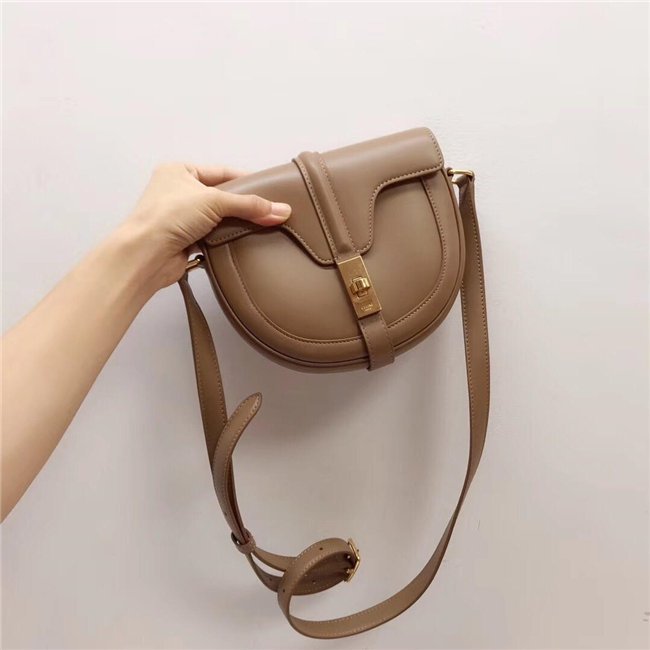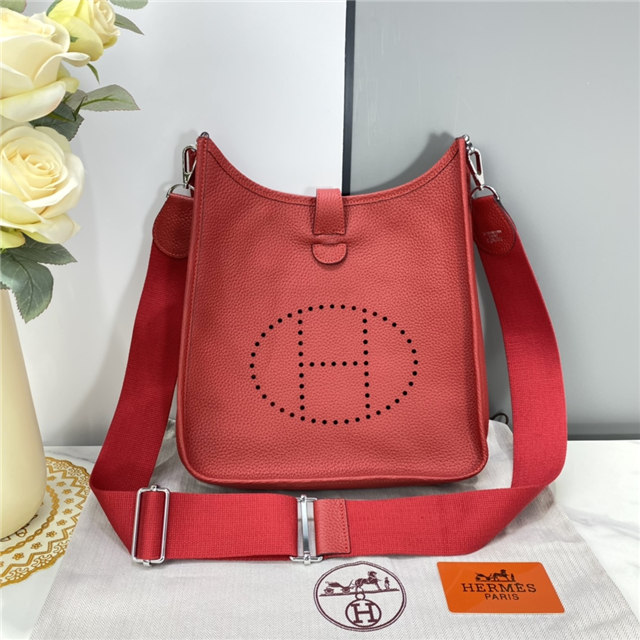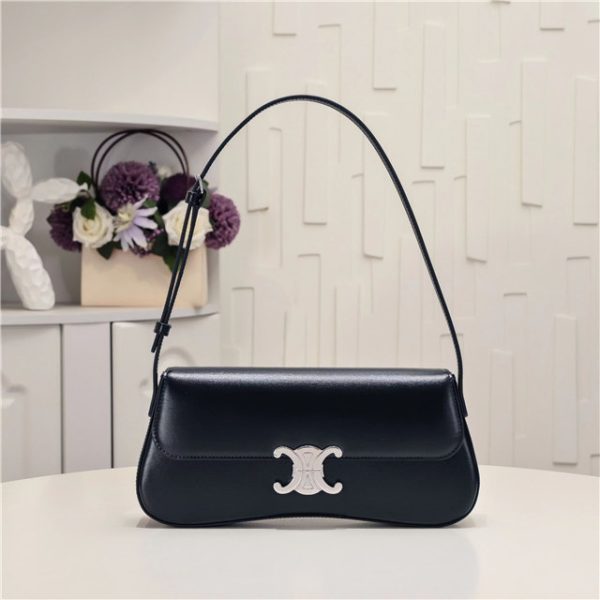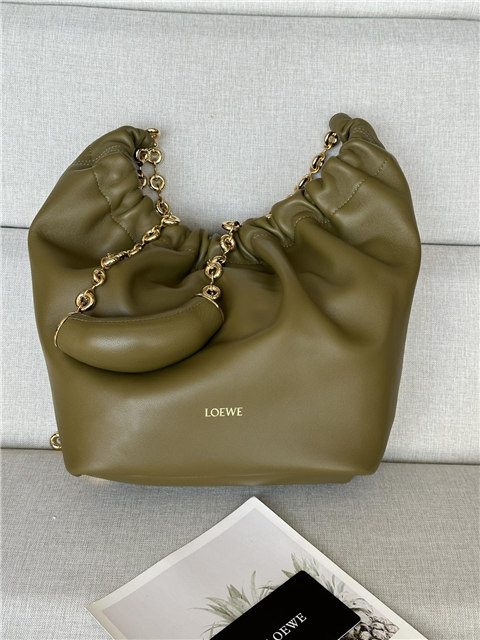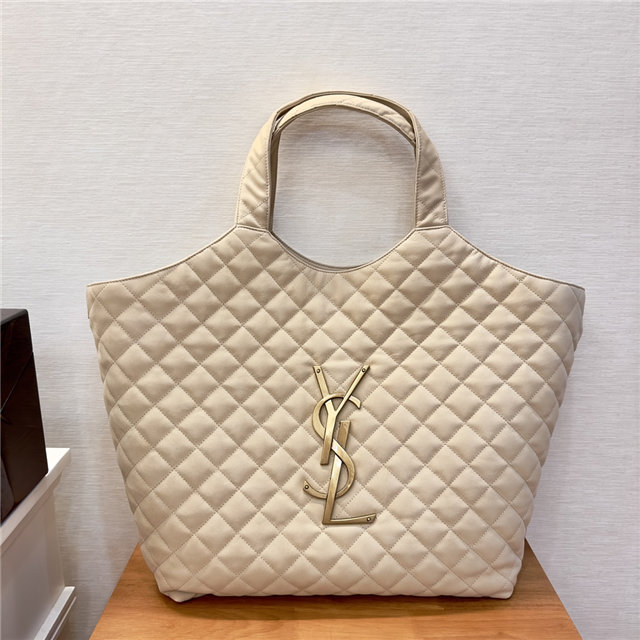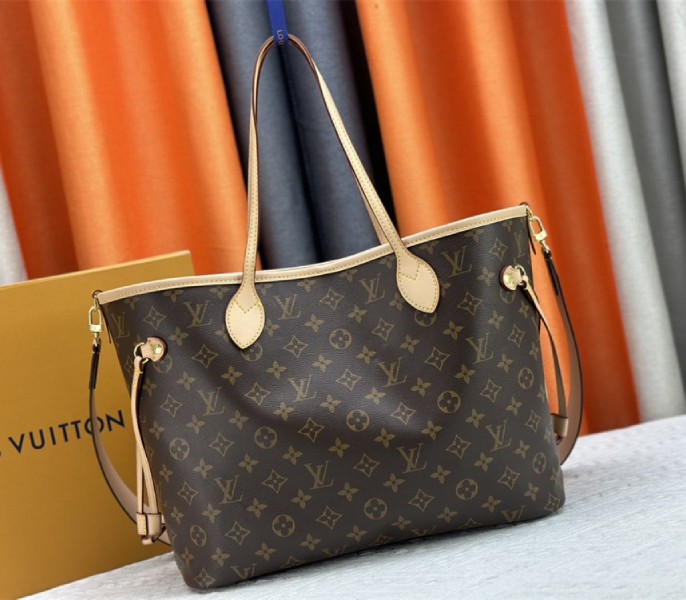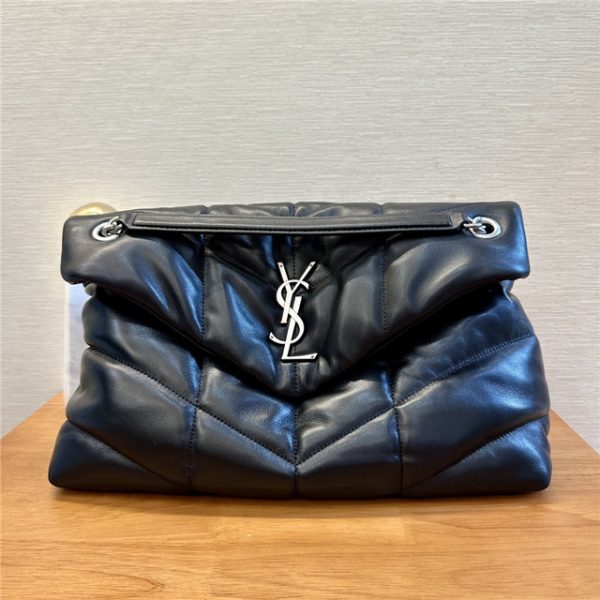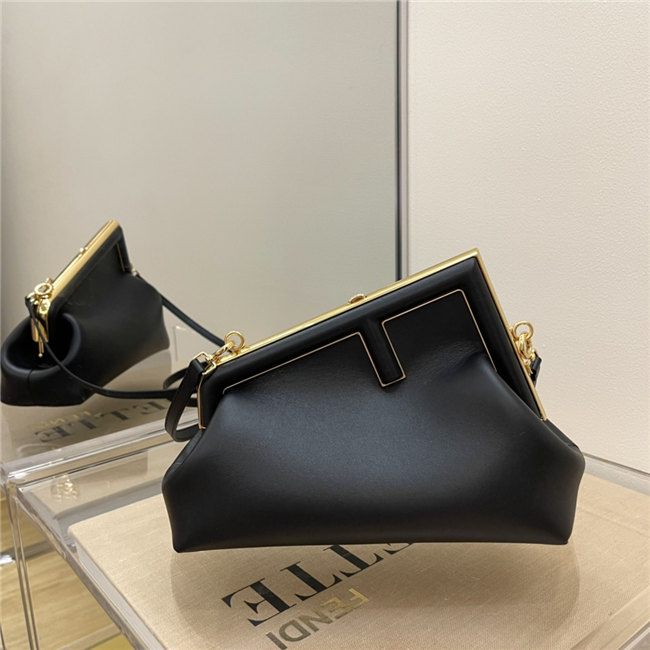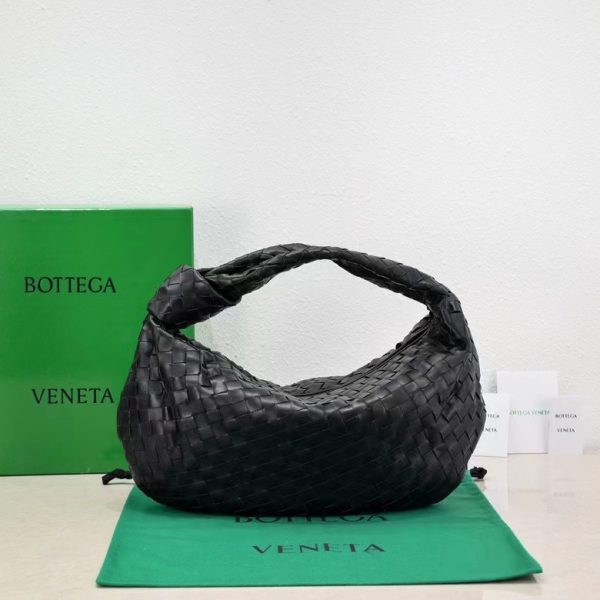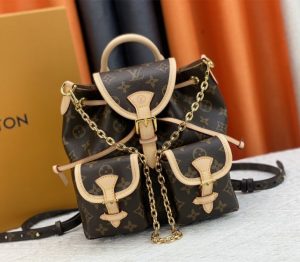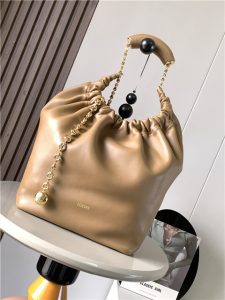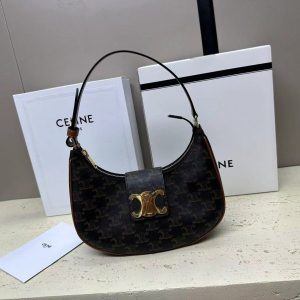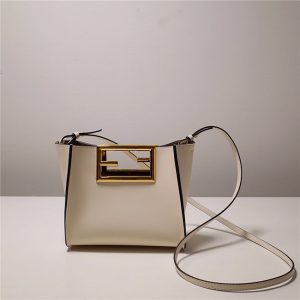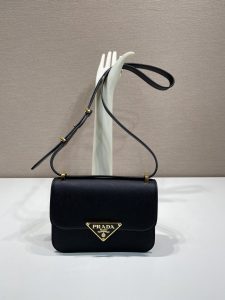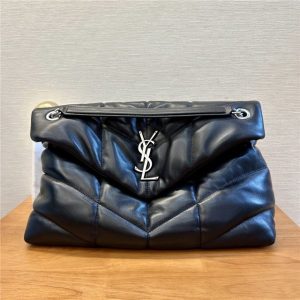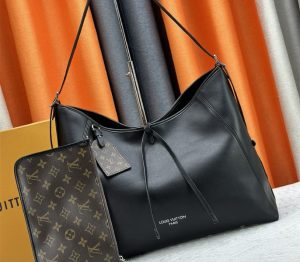So, how do you avoid getting totally scammed? Well, it ain’t always easy. These counterfeiters are getting *good*. Like, scarily good. But there are definitely things to look out for.
First off, and this is a big one, the devil’s in the details. I mean, *really* in the details. Grab yourself a loupe – yeah, that little magnifying thingy jewelers use – and get up close and personal with the dial. A real Patek? The hands, the markers, the lume (that glow-in-the-dark stuff)? Everything will be absolutely perfect. Like, microscopic-detail perfect. A fake? You’ll probably see some fuzziness, some imperfections. Maybe the lume application is uneven. Maybe the printing on the dial is a little wonky. Trust me, once you train your eye, you’ll spot ’em. It’s like… almost like looking at a bad photo copy.
And speaking of dials, pay attention to the font. Font might seem like a crazy thing to focus on, right? But a real Patek uses specific fonts, and counterfeiters often screw this up. Sometimes its super obvious, other times its subtle. Look closely!
Then there’s the movement. Now, unless you’re a watchmaker yourself, you probably can’t crack open the case and examine the movement. *However*, you can listen to it. A real Patek movement is like… a finely tuned instrument. It’s smooth, it’s quiet, it’s…well, it’s *expensive*-sounding, I guess is the best way to put it. A fake? It might sound a little rough, a little clunky. Like a cheap wind-up toy. (Okay, maybe not *that* bad, but you get the idea.)
Also, check the functionality. Does the chronograph actually work? Do all the pushers do what they’re supposed to do? On a lot of fakes, especially older ones, the chronograph is just for show. It’s like, a painted-on extra. So, actually *use* the features of the watch and see if they function properly. If they don’t… well, there’s your sign.
Another thing that screams “fake” is the price. Look, I’m not gonna lie to you: Pateks are expensive. *Really* expensive. If you see a “Patek Philippe” being offered for, like, a few hundred bucks? Run. Just run away. It’s too good to be true, and it almost definitely *is* too good to be true. You might find a deal, sure, but if it looks too good to be true, it probably is. My personal rule is if the price looks too good to be true, it probably is a scam.
Now, all this being said, spotting a fake Patek is a skill. It takes practice. It takes research. And sometimes, even with all the knowledge in the world, you can still get fooled. These guys are *good*. But hopefully, these tips will give you a fighting chance.

